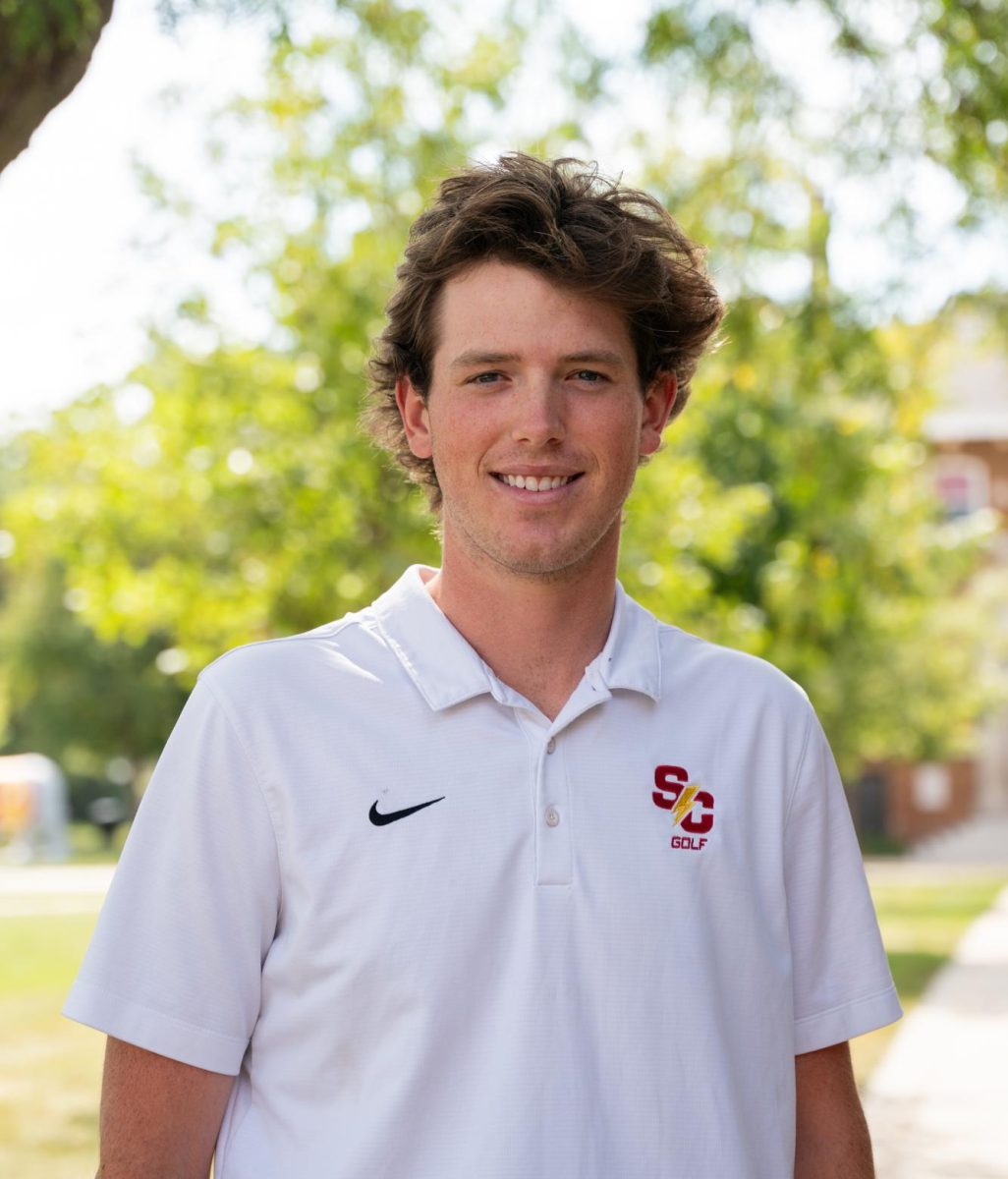Split of NCAA Division III appears to be ‘inevitable’
February 28, 2007
Division III of the National Collegiate Athletic Association could be divided into two separate divisions as soon as 2009. Many of the philosophies on which Division III is based are up for discussion, which leads many to believe a split will occur in the near future.
“I think it’s inevitable that it’s going to happen, but I do think it’s going to be a few years down the road,” said John Cochrane, commissioner of the Iowa Intercollegiate Athletic Conference. “We are two to two and a half years away from this being a reality.”
The largest division in the NCAA of which Simpson College is a member, Division III comprises 420 colleges and universities. Of those institutions, there is a range from very small, private institutions to large, public institutions. The current philosophy of Division III is one that places academics in the forefront, not allowing members to issue athletic scholarships. However, some institutions want to change that.
“Reformers are those that want to expand the scope of athletic programs,” Cochrane said. “They want more contests, longer seasons, the ability to redshirt, a requirement to sponsor a fewer number of sports to throw more dollars at those fewer sports.”
Cochrane says that there are a few divisive issues that will likely provide the main grounds for a split. Non-traditional seasons (spring football, for example), the length of regular seasons, the ability to red-shirt players, and the number of sports schools are required to offer are the main issues.
“I think the lines are going to have to be drawn philosophically,” Cochrane said.”It’s going to be based on how much emphasis an institution wants to place on its athletic program.”
As opposed to reformers, traditionalists agree with the current philosophy of Division III. The current philosophy emphasizes athletics as just a part of the overall educational experience and encourages athletes to participate in a wide variety of activities, rather than focusing all energy on a sport as in other divisions.
“We are certainly concerned about this drift within a certain segment of the membership that would like to continue to drift closer to some of the things that are more prevalent in Division I and Division II,” said Cochrane.
Cochrane identifies the IIAC as a whole with the traditionalist side of the issue. Athletic Director John Sirianni believes Simpson falls into the same category.
“We don’t want to change,” Sirianni said. “We believe in the total education aspect of our school.”
At the same time, however, Simpson doesn’t want to be thought of as a school that doesn’t value its athletic programs.
“The thought of dividing the two into two separate segments concerns me because I don’t see us as a ‘win at all costs’ institution, but we want to provide our student athletes with the best opportunities to be as successful as they can,” Sirianni said.
Ultimately, when it comes time to make a decision, it will be the responsibility of each institution’s president as to which side of the fence to locate.
“Institutionally,” President John Byrd said, “we’ll continue to watch and listen internally to see how we are feeling about the issues that ultimately will become critical to a decision about what the future of Division III ought to be.”




